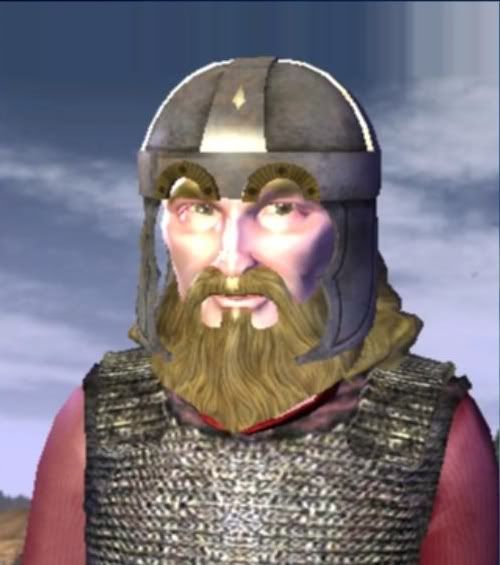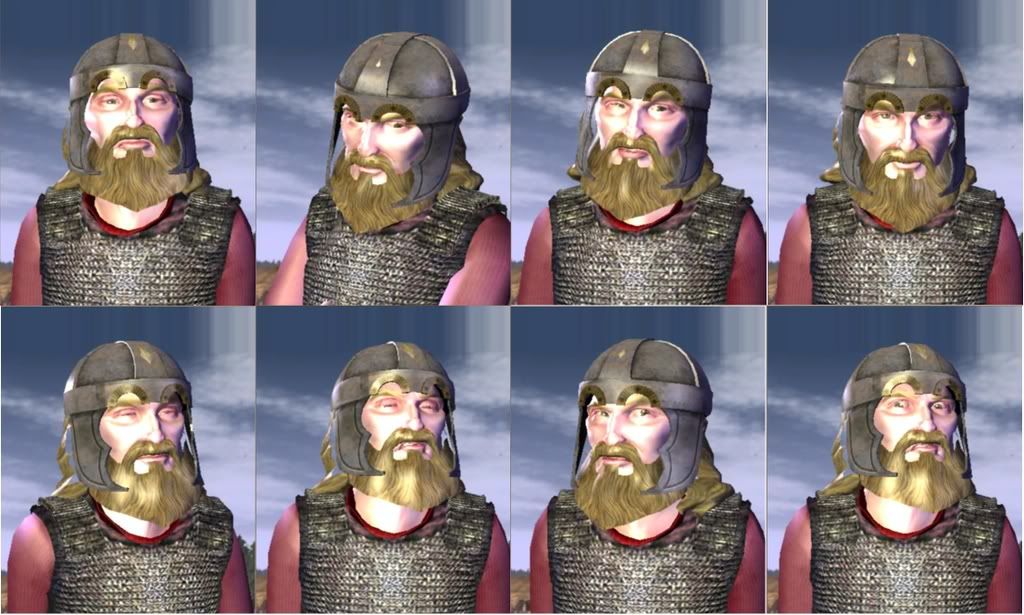This seems fairly accurate, although the execution of his brother on similar charges (a possible motive for his joining the Batavian rebellion) isn't mentioned:
CIVILIS, CLAUDIUS, or more correctly , Julius, leader of the Batavian rebellion against Rome (A.D. 69-70). He was twice imprisoned on a charge of rebellion, and narrowly escaped execution. [He was acquitted under Galba.] During the disturbances that followed the death of Nero, he took up arms under pretence of siding with Vespasian and induced the inhabitants of his native country to rebel. The Batavians, who had rendered valuable aid under the early emperors, had been well treated in order to attach them to the cause of Rome. They were exempt from tribute, but were obliged to supply a large number of men for the army, and the burden of conscription and the oppressions of provincial governors were important incentives to revolt. The Batavians were lmmediately joined by several neighbouring German tribes, the most important of whom were the Frisians. The Roman garrisons near the Rhine were driven out, and twenty-four ships captured. Two legions under Mummius Lupercus were defeated at Castra Vetera (near the modern Xanten) and surrounded. Eight cohorts of Batavian veterans joined their countrymen, and the troops sent by Vespasian to the relief of Vetera threw in their lot with them. The result of these accessions to the forces of Civilis was a rising in Gaul. Hordeonius Flaccus was murdered by his troops (70), and the whole of the Roman forces were induced by two commanders of the Gallic auxiliaries—Julius Classicus and Julius Tutor—to revolt from Rome and join Civilis. The whole of Gaul thus practically declared itself independent, and the foundation of a new kingdom of Gaul was contemplated. The prophetess Veleda predicted the complete success of Civilis and the fall of the Roman Empire. But disputes broke out amongst the different tribes and rendered co-operation impossible; Vespasian, having successfully ended the civil war, called upon Civilis to lay down his arms, and on his refusal resolved to take strong measures for the suppression of the revolt. The arrival of Petillius Cerialis with a strong force awed the Gauls and mutinous troops into submission; Civilis was defeated at Augusta Treverorum (Trier, Trèves) and Vetera, and forced to withdraw to the island of the Batavians. He finally came to an agreement with Cerialis whereby his countrymen obtained certain advantages, and resumed amicable relations with Rome. From this time Civilis disappears from history.
The chief authority for the history of the insurrection is Tacitus, Historiae, iv., v., whose account breaks off at the beginning of Civilis's speech to Cerialis [after Civilis' defeat]; see also Josephus, Bellam Judaicum, vii. 4. There is a monography by E. Meyer, Der Freiheitskrieg der Bataver unter Civilis (1856); see also Merivale, Hist. of the Romans under the Empire, ch. 58; H. Schiller, Geschichte der römischen Kaiserzeit, bk. ii. ch. 2, § 54 (1883).
(Linked from the Wikipedia article of Julius Civilis, which also has a link to a 9 page article on the Batavian revolt.)
 A huge thanks must go out to Ekmek who spent hours helping me with pointer about how to use blender, and helping me to troubleshoot the model in the final stages. If not for his steady encouragement I would have given up on blender ( like I have so many times before) and gone my traditional safe route with only basic modifications to the model and extra texture work.
A huge thanks must go out to Ekmek who spent hours helping me with pointer about how to use blender, and helping me to troubleshoot the model in the final stages. If not for his steady encouragement I would have given up on blender ( like I have so many times before) and gone my traditional safe route with only basic modifications to the model and extra texture work.




 Looking fine, BTW.
Looking fine, BTW.

